Photographic icons don’t matter, or shouldn’t matter much, to us in creating our most creative and artistic work. This thought came to me last night and stuck with me to this morning, so I thought I’d share some words on why icon’t don’t matter, or shouldn’t matter, to us as photographers.
The iconic locations in landscape photography, those spots that we all know so well either through seeing images or reading articles, are beacons that draw folks to see the amazing natural beauty. If you’ve been online for a bit, maybe in a photography forum or reading a photography magazine, I’m sure you’ve seen numerous iconic locations. The Watchman in Zion, Steptoe Butte in the Palouse, the fishing huts in Lofoton Norway, waterfalls in Iceland, light beams in Antelope Canyon, curving sand dunes in Death Valley, etc etc. The list is long of amazingly beautiful locations that have reached iconic status amongst nature lovers and landscape photographers. Let’s be honest, we do live in a beautiful world and I’m all for folks getting away from their screens and going out to appreciate nature.
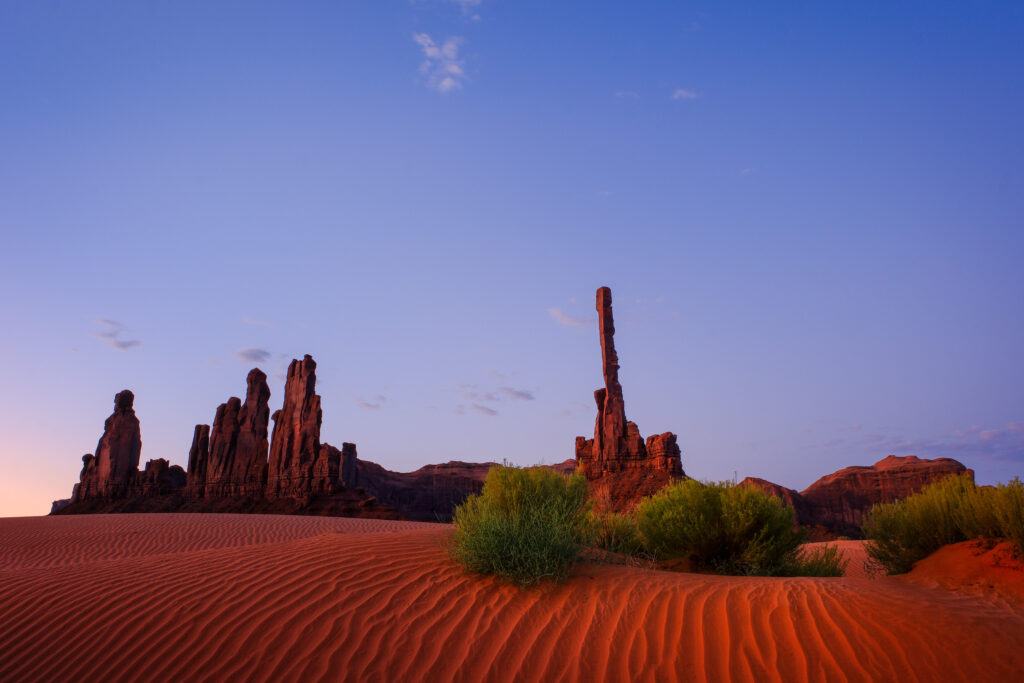
As landscape photographers, we also hear that siren call to visit the famous iconic locations. Our love of nature and of beautiful landscapes makes us the perfect target audience to visit these locations. That’s wonderful and the way it should be! We should see these beautiful natural wonders for ourselves. It enriches our lives and makes the journey so much more vibrant and pleasing. By all means, don’t shy away from visiting the iconic locations. However, when I say “icons don’t matter”, I am more referring to our photography and artistic creativity in capturing images. I feel that we should look beyond the icons and seek our photographic fulfillment, not pointed at the icons, but in other directions. We can use iconic locations as an initial destination, something to draw us to a particular geographic location, but don’t use them as the “end all be all” for your photographic pursuits. Let me give you a few reasons why.
- Crowds – With the rise in social media sharing, the beautiful iconic locations can be extremely crowded, both with photographers and regular visitors. At some locations, it’s getting so bad that it is almost impossible to find a spot to stand, let alone set up a tripod. As an example, the last time I ran a workshop in the Fall in Grand Teton National Park, there is an iconic location called Schwabacher Landing which offers a wonderful view of the mountains and a reflection in the water. It’s one of the most iconic locations in the park. We arrived 2 1/2 hours before sunrise and there were already 15 people set up to shoot it. By the time blue hour happened, there were over 100 photogs crammed in to a small space. By the time sunrise happened, another 30+ people had shown up and we were stacked 4 deep with folks shooting over one another. The shots we got were nice, but the lasting memory was one of horrible crowds and a less than enjoyable experience. Shooting Tunnel View in Yosemite, every 20 minutes tour busses show up and disgorge passengers who swarm the area for a few minutes, disturbing everything and everyone as they grab their selfies, then hop back on the bus for the next stop. Even in Iceland in the middle of winter, there are so many tourists to contend with that it is becoming increasingly difficult to get a clean shot without people in it.
- High Standards – If you’ve seen shots of iconic landmarks, I’ll bet you’ve seen fantastic images with the best light, best skies and under the best conditions. What are the chances that your visit to the iconic location will be anywhere near what you’ve seen online? Oftentimes people visit these iconic locations numerous times to get the “right” light, or do amazing post-production work to extract every last bit out of an image. Like it or not, by our very nature, we are somewhat competitive, or at least want our work to compare favorably to the shots we’ve seen online. Unless you are incredibly lucky with the weather or light, or you are committed to returning time and time again, I can almost guarantee that your shots won’t look like the stylized/idealized images we see of these icons online.
- Trophies & Check-Lists – So many folks have created check-lists, or trophy lists, of places they want to see and be seen at. It’s partly an ego thing and it’s partly just a way for other folks to feel a sense of accomplishment or set goals for themselves. There is a whole industry built up around inspiring folks to visit iconic locations. Heck, I even have a “scratch-off” map of all the national parks that I was given as a gift and when I visit one, I get to scratch off a location as a reward. It’s something that is designed to drive people to visit these places so they can receive a reward. I also run across folks who can tick off all of the iconic locations they’ve visited and they wear this list as a badge of pride. I’m not saying this is wrong, I love that folks get out and travel and see the world. It’s just as photographers I often see folks who use this as a way of “trophy hunting” to show how prolific a photographer they are, or how “good” they are because they’ve visited these beautiful locations.
- No Originality/Post Cards – Typically there are only so many ways to shoot these iconic scenes. They have become iconic because of their natural beauty, and, because we’ve seen hundreds of shots from almost the same locations and the repetition is imprinted in our brains. Going back to the example of Schwabacher Landing, the iconic location is a bank along the water that is perhaps 15 yards long and 10 yards deep, that’s where you get the best view and best reflection of the mountains. If you want to shoot this shot, that is where you stand and there is not much you can do about it. Same with Mesa Arch! People arrive hours early and fight over a few square yards of rock to get the “best” angle on the rising sun under the arch. There is only one way to shoot many of the icons and very little opportunity for us to bring our own creativity and artistic vision to these iconic scenes. I often refer to these iconic shots as “post card shots” because they literally have been made in to post cards you can buy in a local gift shop.
Those are just a few short reasons why I think that icons don’t matter to those who are seeking more from their photography than just a bunch of digital post cards on their computer. I do take people to iconic locations and I do encourage them to take the iconic photograph and get it out of the way, before we really get down to work creating “better” images that reflect more of the artist and their unique vision in the world.
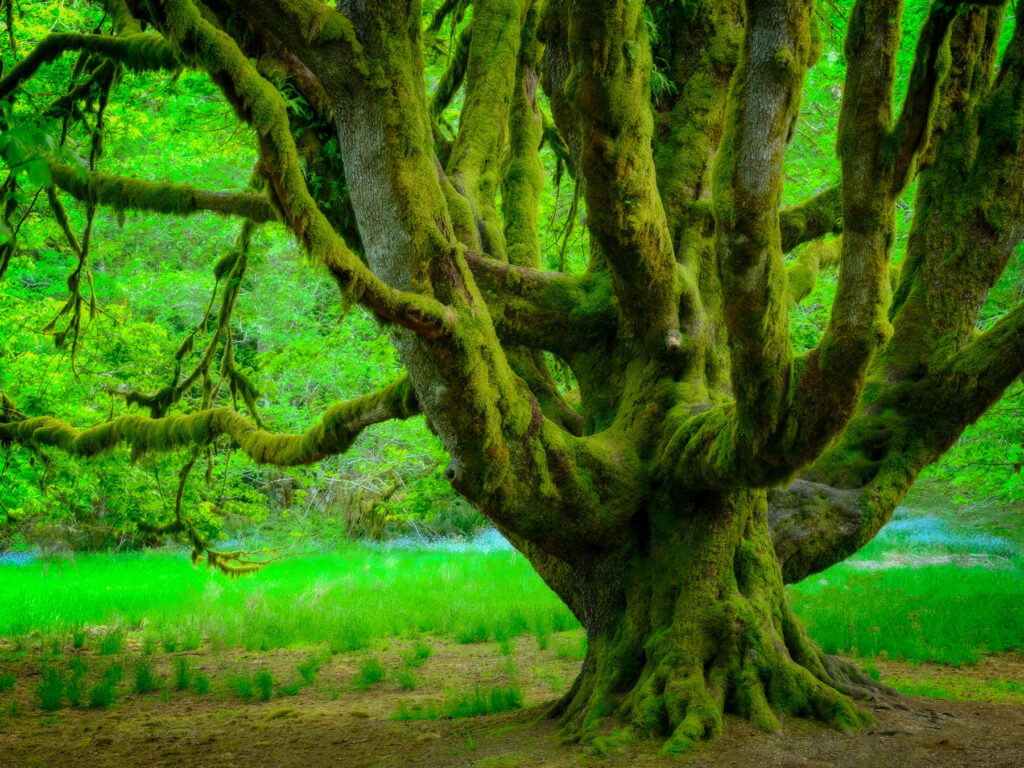
Even though I say icons don’t matter, in a way they do matter. They are a focal point to visit a beautiful area of the world, something to draw us in to a location that is photogenic and ripe with opportunity to be creative. We can respond to the siren song pulling us to an area, but I encourage you to look beyond the icons and find your own voice in a beautiful location. And hopefully as you progress, you will find that the pull of the icons may decrease and you will find more attraction and pull to locations that are not consider iconic. Areas off the beaten path where you can find your own voice and vision amongst the natural beauty.
- Get your postcard – If you want to visit the iconic locations, great! They are beautiful places and I think everyone should see them. I would encourage you to put on your patience hat and enjoy the sights and experience. But don’t expect great photographic or artistic rewards. Often times we are limited in our viewing time and/or the conditions aren’t right for taking a fantastic photo. That’s OK. At the minimum just relax and enjoy the experience and wonder of our natural world. If you want to get out your camera, that’s great too. Grab your postcard shot. We have all done it at one time or another. That’s your postcard that you created!
- Look beyond the icons/Find your own voice – Once you’ve captured your postcard shot, its time to look around the general area and find something else to photograph, something that interests you and that you have a visceral response to. This is the time where you can express your own individual creative vision in a photograph. Perhaps you are in the same area as the icon, look around, look down, find something else to photograph that interests you. Maybe you need to move to another location in the same general area to find something to interest you. Whatever it takes, look beyond the icons to find photographs that inspire you as an artist.
- Visit non-iconic locations – As I hope I’ve made clear above, iconic locations are crowded these days. That’s why I encourage you to find and visit non-iconic locations. There is so much to photograph all around us, we don’t need to travel to exotic locations to create artistic or meaningful photographs. They are all around us if we just look. Ditch the crowds!
I find that for myself, visiting iconic locations is a two-part experience. There is the icon experience where I feel more like a tourist, enjoying the sights and vistas and marveling and natures beauty. Then, there is the second part where I am feeling more like an artist, a creative photographer, where I am looking beyond the icons to subjects and stories that inspire me to create a photograph. By approaching my visit in this way, I can enjoy both parts equally and fully. I’m not feeling frustrated or pressured to create an iconic photo of an iconic subject. Instead, I’m taking what nature offers me in the conditions and crowds and doing the best I can to capture my post card. This frees me up to seek my creative release elsewhere without the pressure to produce an amazing photo of the icon. I can read and respond to the conditions and subjects around me and shoot what I feel inspired to shoot. To me as a creative/artistic photographer, icons don’t matter.
Here are a couple of recent examples of how I looked beyond the iconic shots to find something that inspired me.
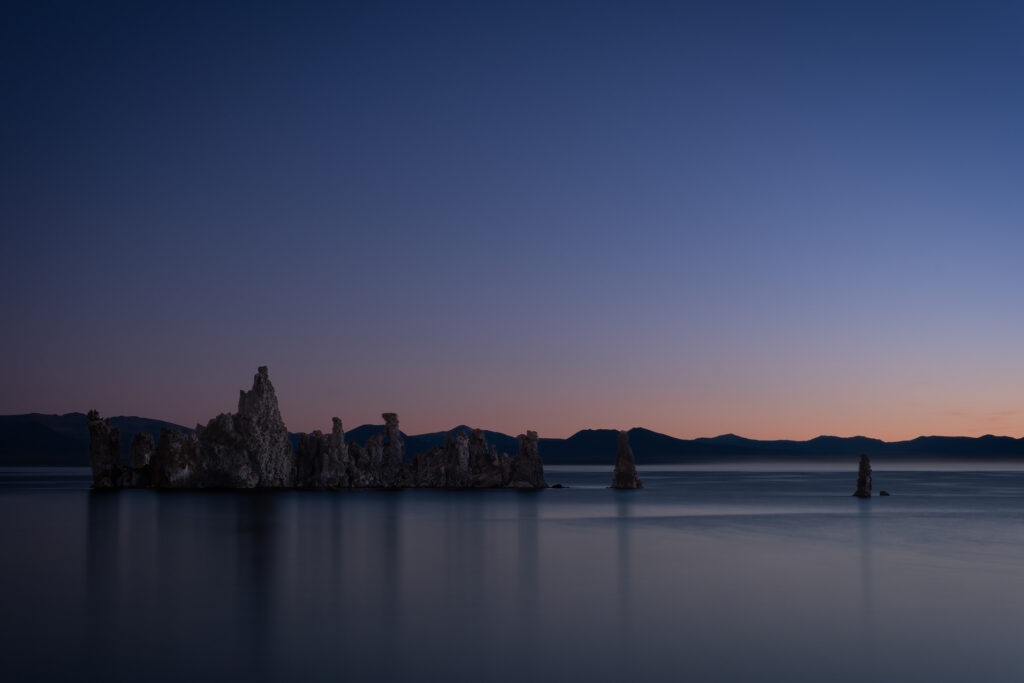
The tufa formations at mono lake at blue hour. This is the icon in the area and it’s what everyone shoots. Yes they are the obvious subject and are pretty, especially during the early morning light. Shooting this formation, there is only so much a photographer can do to alter the image, to inject some personality or originality. After a shot or two, this scene no longer appealed to me. So, I took a break from my camera and just stood there with my group, enjoying the morning. I eventually started to adjust my vision and look beyond the icons and voila, I found something that really inspired me creatively and artistically and allowed me to show my own vision and craft the composition to just the way I wanted it. It actually turned in to one of my favorite images from this workshop
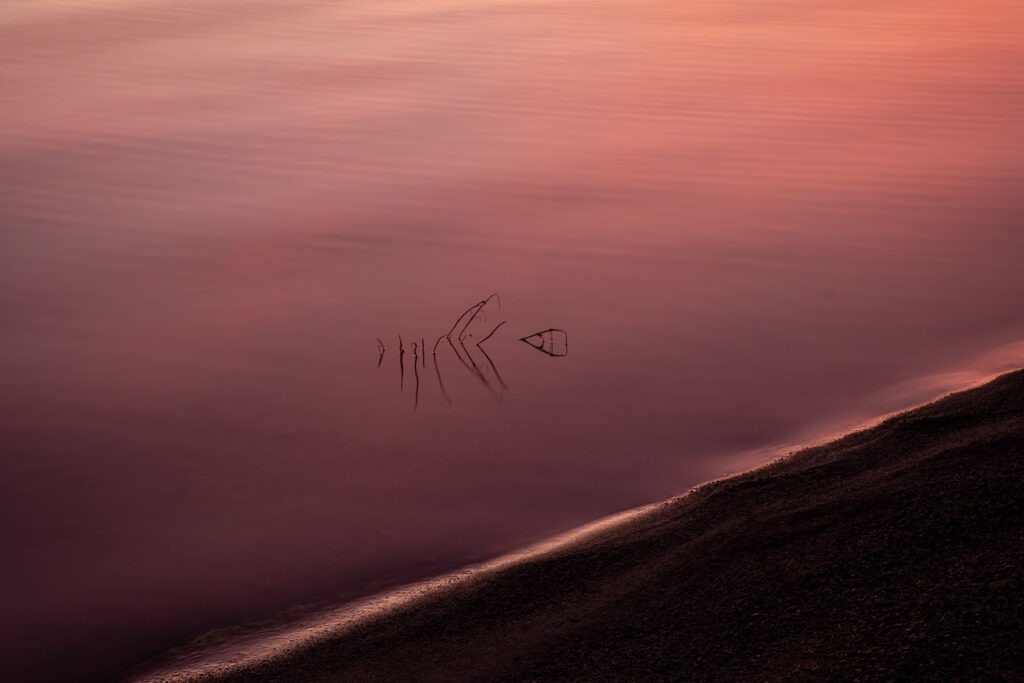
Most recently I was in Grand Teton N.P. for my annual winter workshop. In this park, the mountains dominate every viewpoint and dominate your attention, drawing you to marvel at their size and shape. They really are incredibly beautiful and as a result, are considered iconic for this location. One afternoon I took the group to an area that features an old cabin, fence and great views of the mountains. Here is the typical iconic view from this location.
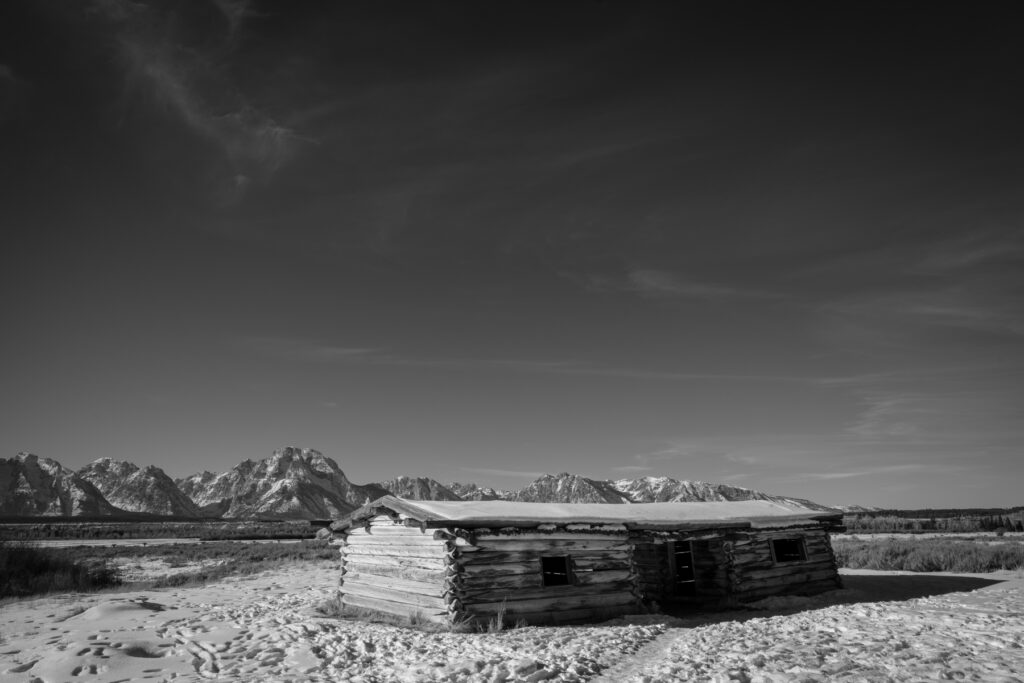
This wasn’t very inspiring to me in the moment, the conditions just weren’t “right” for me to want to spend much time shooting this. I worked with my folks to make sure they did get their post card. Once finished, I encouraged everyone to work a nearby fence as it offers some great shapes, leading lines, etc. As I was up by the fence, I felt a pull to a much smaller scene that piqued my interest. I spent a bit of time working out the composition and how I wanted the shadows to fall across the scene along with the animal tracks. In the end, I was quite happy with this photo, feeling satisfaction that it was something I “created” and not just “took”. Working this scene flexed my artistic muscles to “see” and then compose/capture something that was unique at that point in time.
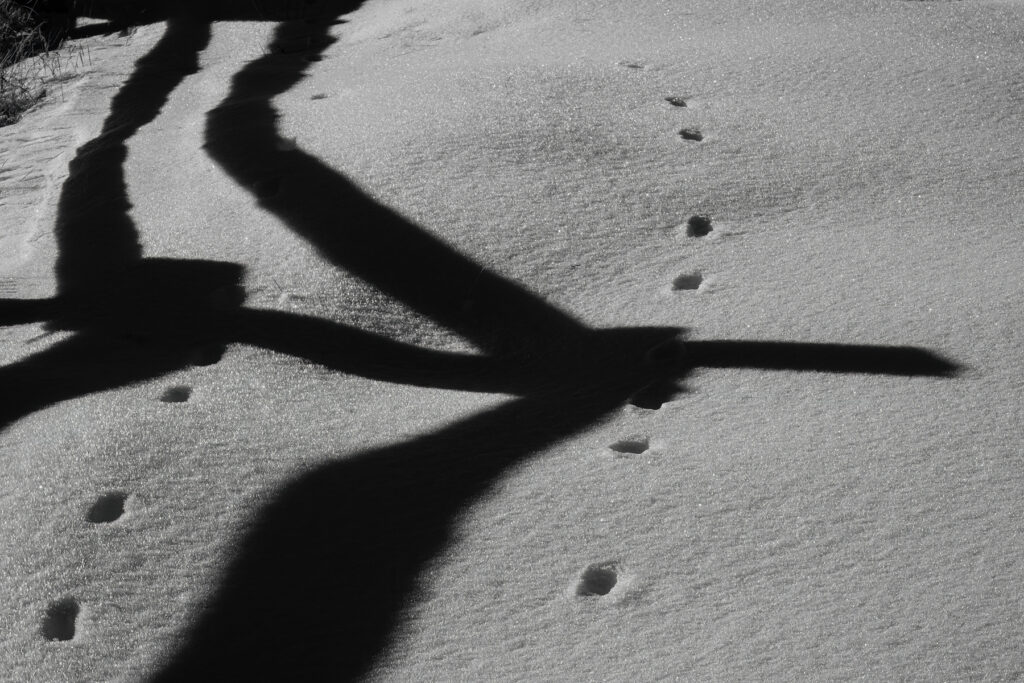
I hope that I didn’t shock you too much in saying that icons don’t matter. They do. They draw us to beautiful locations, they inspire us, they give us a sense of awe and wonder in the world. They are vitally important in a larger sense. Though where I feel we as photographers should devote more of our creative energy is not directed at the icons, but other subjects and locations. Places where we can flex our creative muscles and show off our own artistic vision and voice. By focusing away from the icons, we can bring our own uniqueness and originality to the world through our images and take immense pride in “creating” a photograph instead of just “taking” a photo. I mean, how much originality is there in putting your tripod down in the holes of hundreds, if not thousands, of photographers who have come before you to the iconic location. (ie Snake River Overlook in GTNP). I encourage you so seek your own path of image making, letting your vision and voice shine through for the world to see and appreciate.

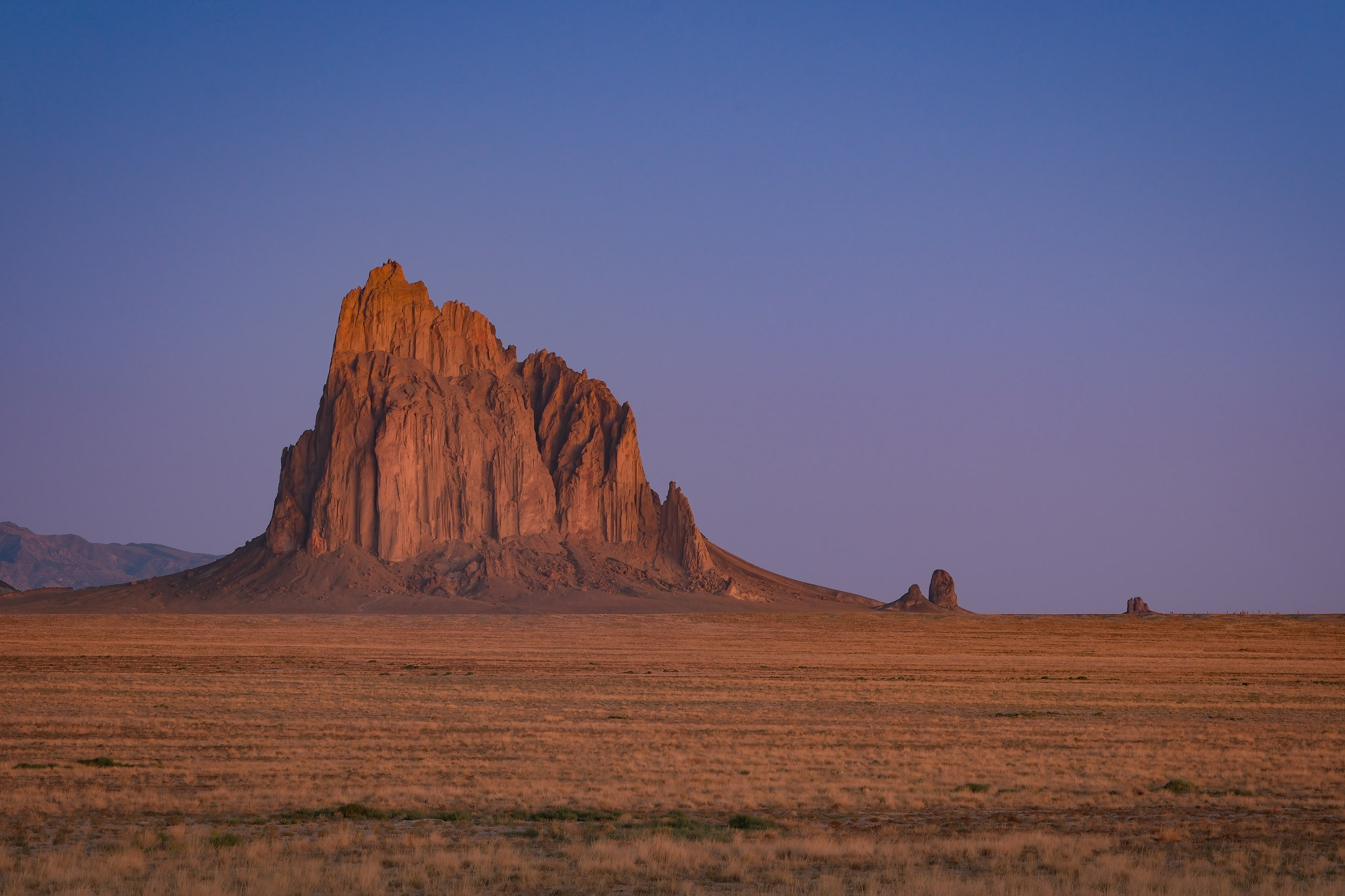
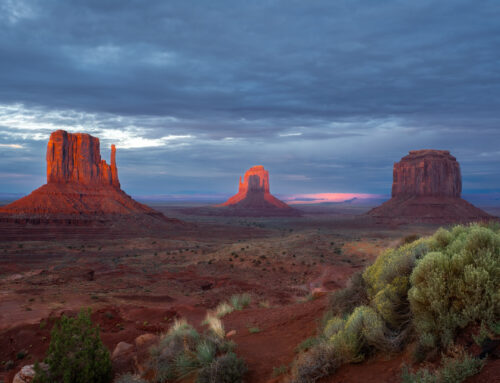
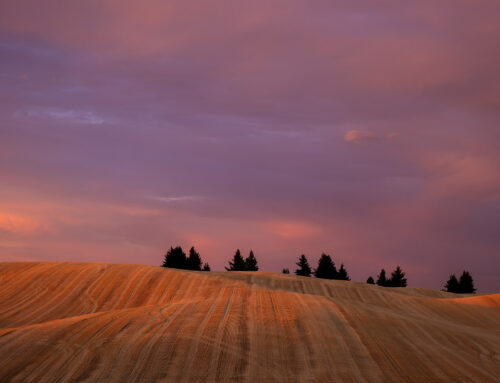
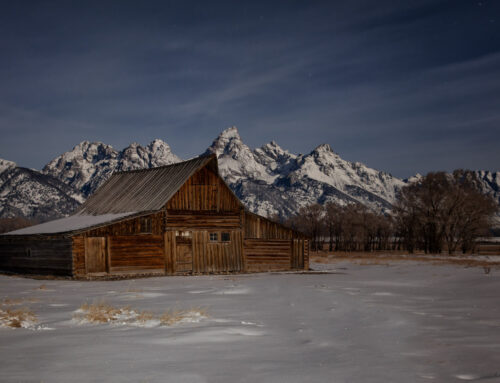
Leave A Comment